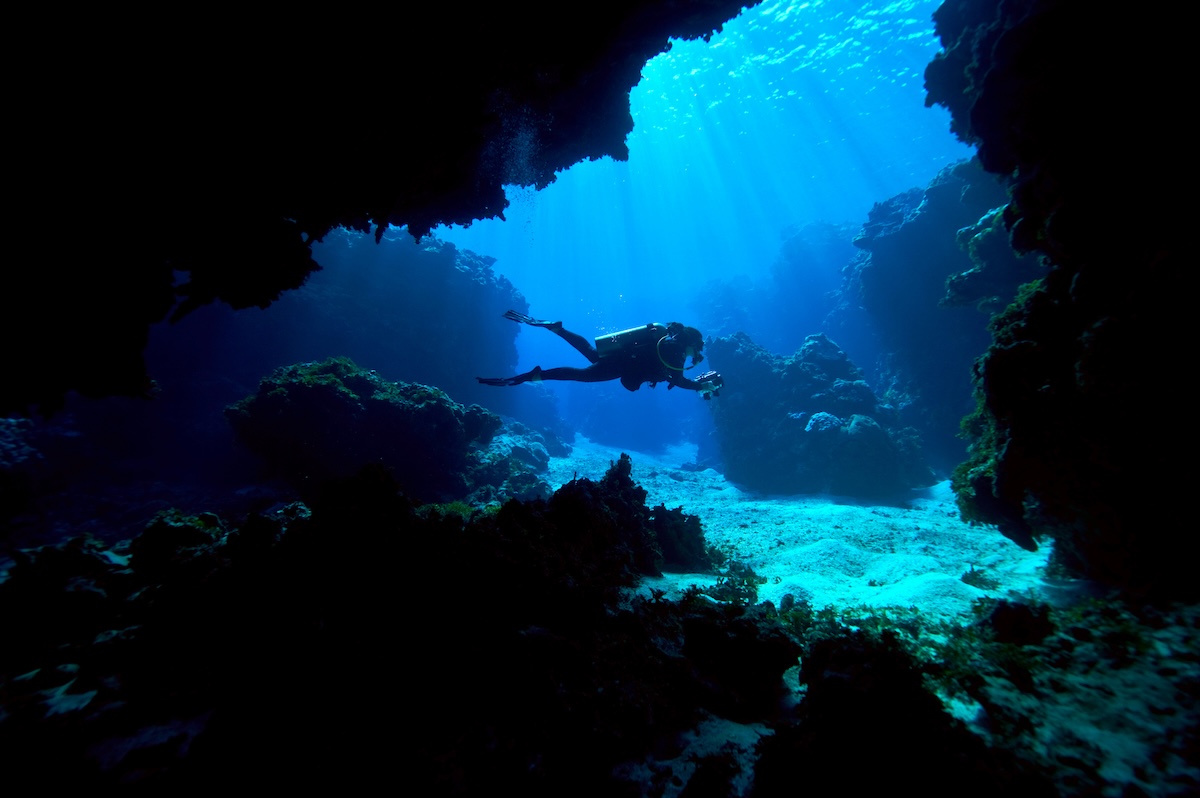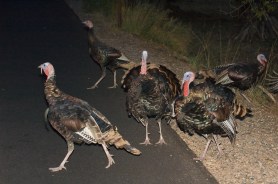

This January, just off the coast of Mozambique, a team of marine biologists notched a historic first for the scientific community: tagging the incredibly rare smalleye stingray.
Videos by Outdoors
Smalleye stingrays can grow up to 10 feet long, making them the world’s largest species of ocean ray. Though they’re not hard to spot once they’re close by, they are extremely difficult to find. Sightings are rare, likely because the rays are critically endangered. And while scientists have had some luck finding them just off the reefs in Mozambique, these giants prefer to spend much of their time along the dark ocean bottom (which may be the reason their eyes are so tiny, scientists theorize).
The other reason smalleye stingrays haven’t been tagged in the past is that they’re fairly dangerous to approach. An adult smalleye has a stinger the length of a human forearm, and they can whip the stinger over the top of their back like a scorpion if threatened from above. A sting through the abdomen or heart can be fatal.
The Mozambique team used long poles to take skin samples and apply tags, and they kept their distance from the rays as much as they could during the process.
The team was led by Dr. Andrea Marshall. Marshall is a conservation biologist, world-renowned ocean ray expert, and National Geographic explorer. She’s the first person to earn a doctorate degree specifically in wild manta ray ecology, and she discovered a new species of ray in 2009. She’s also the founder of the Marine Megafauna Foundation, which fights to protect some of the world’s largest endangered sea creatures.

Very little is known about smalleye rays, aside from the fact that they can migrate up to 450 miles in a single journey and tend to be very inquisitive when approached by humans. Marshall hopes to learn more about the species and discover how to protect them before they disappear altogether. “We’re racing against the clock to learn more and get more attention for this incredible species that most people aren’t even aware of,” she told National Geographic in a recent interview. Fortunately, the recent tagging effort, which equipped 11 rays with trackers, may mean that some incredible discoveries are just around the corner.









